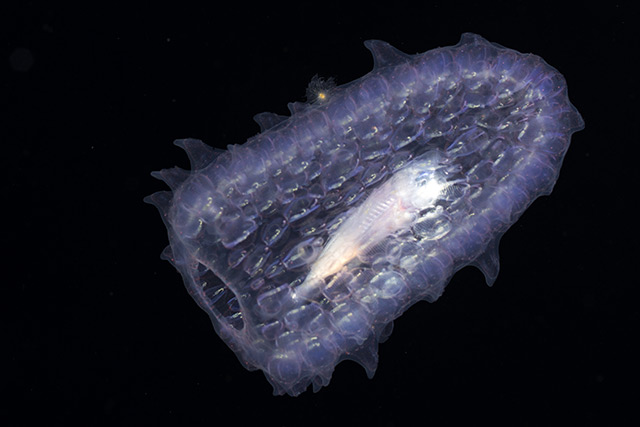Your sweat may one day keep your wearable devices running as scientists have recently developed stretchable fuel cells that extract energy from human sweat to power electronics such as Bluetooth radios and LEDs. The biofuel cells produce 10 times more power per surface compared with any existing wearable biofuel cells, the researchers wrote in Energy & Environmental Science.
As part of the study, a team of engineers at the University of California San Diego used lithography and screen-printing techniques to develop 3D carbon nanotube-based cathode and anode arrays. The arrays were then fitted with an enzyme that oxidizes the lactic acid in human sweat in order to generate current. This effect that turns sweat into a power source.
The initial process of creating the biofuel cells
The researchers adopted a bridge-and-island structure to make the biofuel cells flexible and stretchable. Doing so also made the biofuel cells compatible with wearable devices. The biofuel cells were made with rows of dots that are each connected by spring-shaped structures.
Half of the rows made up the cell’s anodes, while the other half made up the cathode components. The experts also made the spring-like structures stretchable so the cells can bend without deforming both the anode and cathode components.
According to the scientists, the basis for the bridge-and-island structure was designed around the concept of lithography. The experts then used a screen printing technique to deposit layers of biofuel materials on top of the dots.
Increasing energy density posed a big hurdle for the researchers. Study author Amay Bandodkar noted that the big challenge was to identify the best combination of materials and the ration in which they will be used.
To address this, the engineers screen printed a 3D carbon nanotube structure on top the anode and cathode components. This enabled the scientists to equip each anodic dot with more of the enzyme that responds to lactic acid. Likewise, the research team was also able to increase silver oxide rates in each cathode dot. The nanotube structure was also found to facilitate electron transfer and bolster biofuel cell performance.
Testing the new biofuel cells’ efficacy
The researchers then hooked the new biofuel cells to a custom-made circuit board. According to the experts, the circuit board was a DC/DC converter designed to even out the energy produced by the fuel cells. The energy generated, which varied depending on the amount of sweat produced by a user, was converted into constant power with a constant voltage.
The scientists then equipped four volunteers with the biofuel cell-board combination and instructed them to exercise on a stationary bike. The study participants were able to run a blue LED for about four minutes.
The research team noted that two areas warranted further work: silver oxide degradation and energy storage relative to lactic acid concentration.
According to the researchers, the silver oxide used at the cathode components is light sensitive and tended to degrade over time. The scientists discussed finding a more stable material in the future.
Likewise, the engineers noted that concentration of lactic acid in human sweat gets diluted over time. Thus, the team needs to work on ways to store the energy generated while lactate remains high, and release the energy gradually.
Sources include:
ScienceDaily.com
TechRadar.com




















